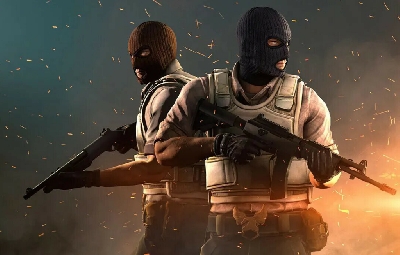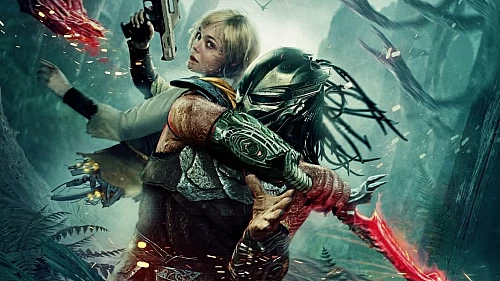In the realms of "Counter-Strike: Global Offensive" (CS:GO) and its upcoming successor, "Counter-Strike 2" (CS2), skins represent more than just cosmetic enhancements; they embody a rich culture of personal expression and economic activity. Skins are virtual items that modify the appearance of weapons, equipment, and player models within the game, offering no gameplay advantages but significant aesthetic differentiation. This article explores the nature of skins in CS:GO and CS2, their importance to players, and the vibrant market surrounding them.
The Role of Skins in Counter-Strike
Skins in CS:GO and CS2 serve primarily to personalize and enhance the visual experience of the game. Each skin features a unique design, ranging from simple color changes and patterns to elaborate graphics and custom themes that reflect a wide array of styles and preferences. The introduction of skins has transformed the visual aspect of Counter-Strike, allowing players to stand out in the game with personalized gear.
Types of Skins
The variety of skins in CS:GO and expected in CS2 includes weapon skins, knife skins, and agent skins. Weapon skins change the look of guns, knives feature distinct designs on the blades, and agent skins alter the appearance of the player's character model. Each type of skin can come in various rarity levels, from common to extremely rare, affecting their availability and desirability.
Weapon skins are the most prevalent type of skin in CS:GO. These skins change the appearance of the various firearms used during gameplay. Each skin can vary dramatically in terms of color scheme, texture, and theme. High-demand weapon skins often feature intricate designs, including everything from sleek, minimalist looks to vibrant, artistic patterns. Some skins also have special features such as changing colors or patterns that react to the player’s actions in the game.
Popular examples include: All AWP Skins, AK-47, M4A1-S ain others
The Economy of Skins
Beyond their aesthetic appeal, skins are integral to a thriving in-game economy. Players can acquire skins through several methods:
- Random Drops: Players can receive skins as rewards after matches.
- Opening Cases: Skins can also be obtained by purchasing keys to open loot cases.
- In-Game Store Purchases: Certain skins are available directly for purchase within the game’s store.
Buying and Selling Skins
The market for buying and selling skins is dynamic, with various platforms catering to the demand. The Steam Community Market is the primary venue where players can buy and sell skins using their Steam Wallet funds. Prices here are determined by market forces, with rare skins often fetching higher prices. For those looking to transact in real currency, third-party marketplaces like Skin.Land, Bitskins, and SkinPort offer platforms where players can trade skins for real money, providing more flexibility in terms of cashing out.
These third-party CS2 skin sites often feature user-friendly interfaces and additional security measures to ensure safe transactions. They accommodate a range of payment options, including PayPal and cryptocurrencies, making it easier for players around the world to participate in the skins market.
Conclusion
Skins in CS:GO and CS2 are more than just digital accessories; they are a central feature of the game's culture and economy. They allow players to express themselves while also participating in an active marketplace that blends gaming with real-world economic principles. Whether you are a casual player looking to customize your gameplay experience or a seasoned trader in the skins market, the world of Counter-Strike offers ample opportunities to explore and engage. As CS2 approaches, the community eagerly anticipates new designs and possibly even more sophisticated ways to trade and showcase skins, promising to continue the legacy of this vibrant aspect of gaming culture.

See Gamera and Guiron in action with the official GigaBash DLC Trailer!
Passion Republic Games release new trailer for the GigaBash DLC which adds Gamera and Guiron to the game as playable Kaiju!

Gamera is coming to GigaBash on November 20th, 2025!
Gamera is officially coming to the popular GigaBash Kaiju fighting arena game! Official GigaBash channels just released a little teaser announcing the...

After nearly 25 years, Halo is no longer an Xbox exclusive – moving to PlayStation!
On November 15th, Halo: Combat Evolved will celebrate its 25th anniversary and to commemorate the achievement, it's been officially announced that the...

5 film-based games that are worth your attention
There is a well-founded stereotype in the gaming industry: film-based games are not worth your attention and are made purely to cash in on fans. Howev...

Battlefield 6 Official Campaign Trailer Has Arrived!
Today during the PlayStation State of Play event, Electronic Arts and Battlefield Studios unveiled a brand new trailer focused on the single-player ca...


